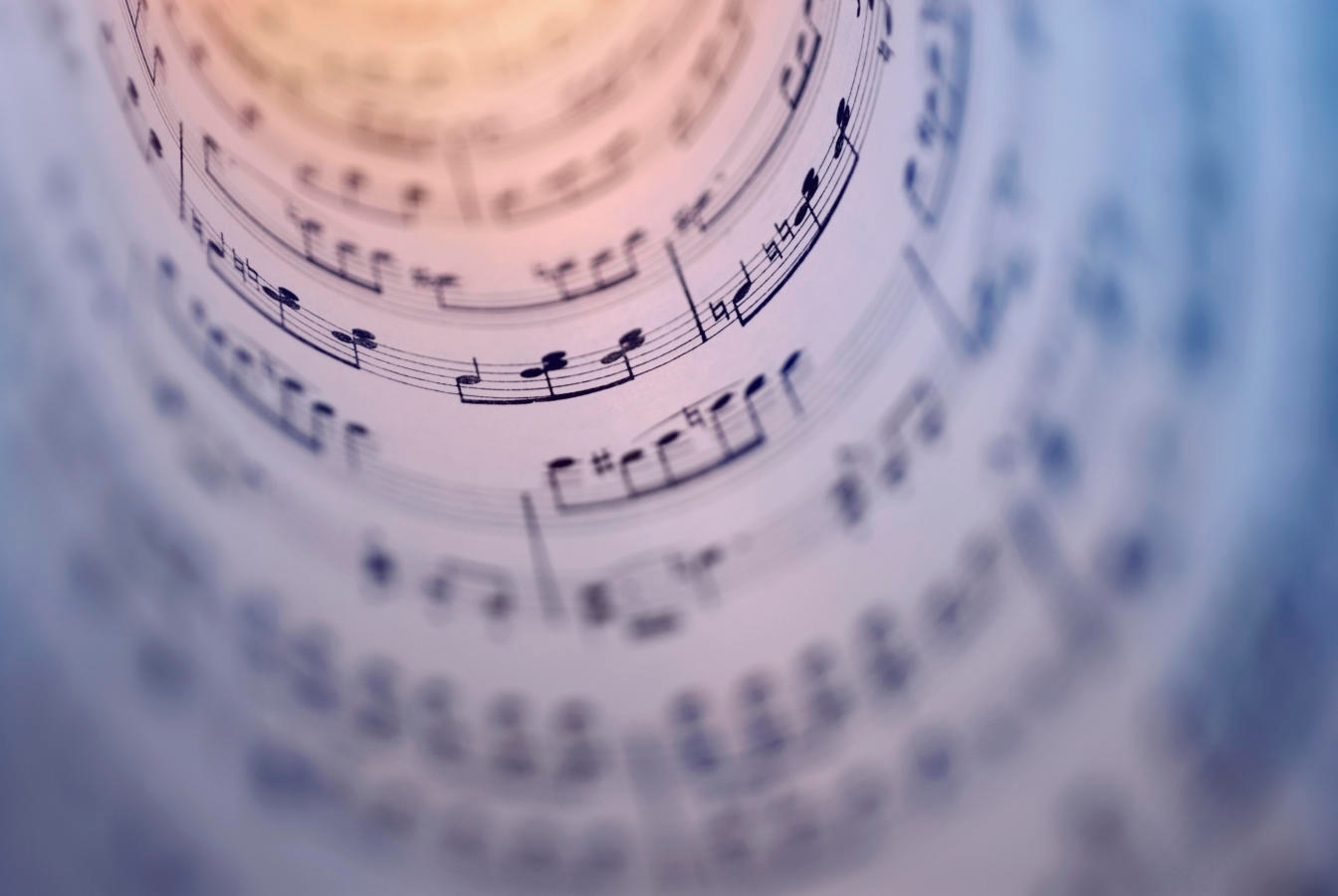In the following article describes how the melodies differ for different types and parts of services. In addition, the prayer melodies–known as nusah–differ from community to community, with Askenazim (Jews of Eastern European descent) using very different prayer music than Sephardim (Jews of Spanish or Mediterranean descent). And even within those broad categories of Ashkenazim and Sephardim, one can find numerous geographic variations of nusah. Excerpted with permission from Discovering Jewish Music (Jewish Publication Society).
The story of the evolution of the modern prayer book is a long one on which many volumes have been written. In fact, the story continues to this day, since, unlike the Torah or Talmud, the prayer book (siddur) was never formally canonized. Literally hundreds of different prayer books have been compiled, and new texts continue to be issued to suit the ever-changing needs of modern congregations.
What has emerged over time is a basic matbeah shel tefillah [literally “formula of prayer”], an overarching core for Jewish prayer that helps to structure all services. In and around this matbeah are various prayers that distinguish the daily morning, afternoon, and evening services from each other, as well as from the more elaborate rituals of Sabbaths and festivals.
More germane to the subject of our inquiry is the parallel evolution of musical traditions to distinguish these same services, or sections thereof–a system known as nusah. The prayer leader utilizes prescribed scales and even melodic patterns to be sure that daily services sound different from Sabbath services; morning services sound different from afternoon and evening services; the early morning Birkhot ha-Shahar and Pesukei de-Zimrah (literally “blessings of the dawn” and “passages of song”) sections sound different from the main body of the morning Shaharit service, and so forth.
With your help, My Jewish Learning can provide endless opportunities for learning, connection and discovery.
The proper utilization of nusah guarantees that a Jewish “Rip van Winkle” could sleep for 20 years and identify the service to which he had awakened just by its musical motifs.
Sample the TunesThe following links take one small section of the prayer service and illustrate the nusah used for it in five different instances.
The nusah used for all these audio clips is that of Dutch Jewry.
Musaf (Additional Service) of Shabbat
Minhah (Afternoon Service) of Shabbat
Links courtesy Chazzanut Online, a website dedicated to Jewish liturgical music.
|
Torah
Pronunced: TORE-uh, Origin: Hebrew, the Five Books of Moses.



